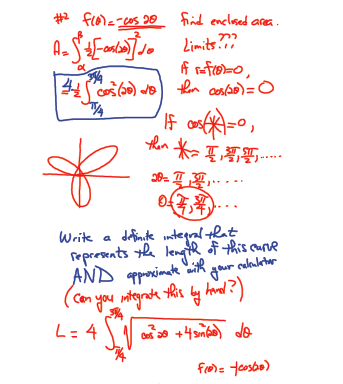
Call me old-fashioned, or perhaps it is generational, but as much as students like and use social networking sites outside of class to connect with friends and family, I just can't seem to buy in to allowing it in school. I have to ask what value does social networking bring to a classroom? I guess I have been in too many classes where students use Facebook, checking in on friends, their statuses and chatting, all while the professor is lecturing. I expect respect and common courtesy from students when a teacher and professor are delivering a lesson or lecturing on a topic. Some may say that teachers need to be make their lessons and lectures entertaining and interesting, and bring them into the 21st century with the use of technology and interaction. Even when this is done, students still feel the need to be connected, and I think that sometimes we need to be “unconnected” from the internet and technology. I know how hard some teachers work on delivering curriculum to their students, and for some students, they fail to see what value some topics bring to their life. I “get” it and often have used this argument before when I was younger, but now, my age tells me differently. We gain perspective, understanding, and critical thinking skills when we learn outside of our disciplines. This is important as we add tools to our basket of knowledge.
As I thought about this reflection, I decided to research some other opinions to see what others thought about the subject. One opinion in favor of using social networks in school likened it to the invention of the printing press. If we look at social networking sites as books, they too were considered inappropriate, threatening and people were scared. But, not everyone was scared; there were those who stepped forward and forever changed civilization. Could we be on the verge of a new renaissance era with new thoughts and ideas forever changing the way we "do" life? I can wholeheartedly agree with this position of stepping forward, and I am willing to be open-minded about the use of social networking in school; however, we need to teach the courtesies of using social networking, especially to young students. Social networking sites can be brutal and I worry about bullying and distractions, but if we can monitor and teach, then these sites can be powerful; we can reach those students who are on the fringe of the academic circle. I believe it can be used to compare and contrast topics across communities as well as be used as a way to brainstorm ideas and gather as much information as possible. Have I changed my mind? No, not really, but I am willing to take a second look.




